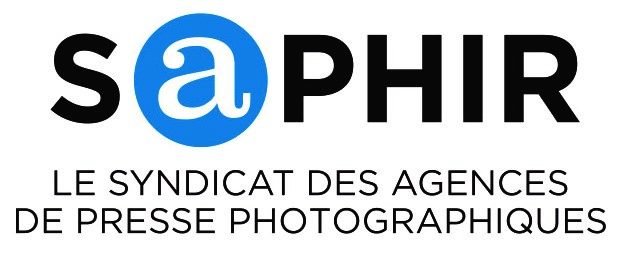by Julian Jackson
With the opening of the latest British Museum exhibition: Celts – Art and Identity there has been renewed interest in this mysterious and somewhat misunderstood people. Their influence remains in Britain, Ireland, and all over Europe, persisting to today, as the British Museum website says, “influencing everything from music and literature to sport and spirituality.”
Werner Forman (1921-2010) photographed many Celtic sites and artefacts for his fine book Celts of the West, co-authored with Venceslas Krupa, and these images, including some of the most outstanding pieces exhibited in the British Museum show are available for licencing from Werner Forman Archive.
The intricate artworks and designs reveal that the Celts were not a simple, crude, unsophisticated, warlike, “barbarian” race, but a rich and complex culture, with outstanding skills in metalworking and goldsmithing. The view of the Celts as rural ruffians dates back to Greek and Roman authors, who, often making up for their lack of information with fantasy, created a mythology which unfortunately some people still hold. Recent discoveries of treasures and developments in archaeology have given us a clearer picture of this Europe-wide culture and the British Museum exhibition will help shine some light on these fascinating people of the ancient world.
The Celtic peoples of various different areas expressed their shared identity through amazing art, which unlike the mainly figurative work of the Greco-Roman culture, linked abstract forms and mythological animals, which were used on cups and jugs, religious ceremonial items, war gear, and for personal adornment. These designs were rich with hidden meanings, many of which are unfortunately lost to us now. Of course culture is not static. The Roman world and the Celts influenced each other creating “fusion” artefacts with stylistic themes from both cultures.
The Celts were adept farmers. It has been established that their crop yields, using plants that were adapted to difficult lands, were often three times higher than the Middle Ages. These surpluses allowed them to have a coterie of priests, nobles and specialised art workers who did not need to spend time in the fields.
Their cultural output encompassed metalwork in bronze and iron, carpentry – for wooden buildings and chariots, pottery and ceramics, as well as jewelsmithing – crafting astonishing creations in gold and silver, such as this torc and gold brooch.
Many of these precious artefacts were for ceremonial or religious purposes. Religion was central to the Celtic world, with a pantheon of gods. As they were a mainly oral culture, virtually no writings have come down to us until Irish monks started to record the legends and stories. This means that there are many gaps in our knowledge about the Celts, which probably will never be filled.
Werner Forman travelled around the Celtic world, photographing many artefacts, as well as monuments and landscapes in England, Wales, Scotland, Ireland, Brittany and Spain. He used photography to evoke the lost but dynamic world of the Celts, and we can imaginatively go back in time looking at these images.
www.britishmuseum.org/whats_on/exhibitions/celts.aspx








